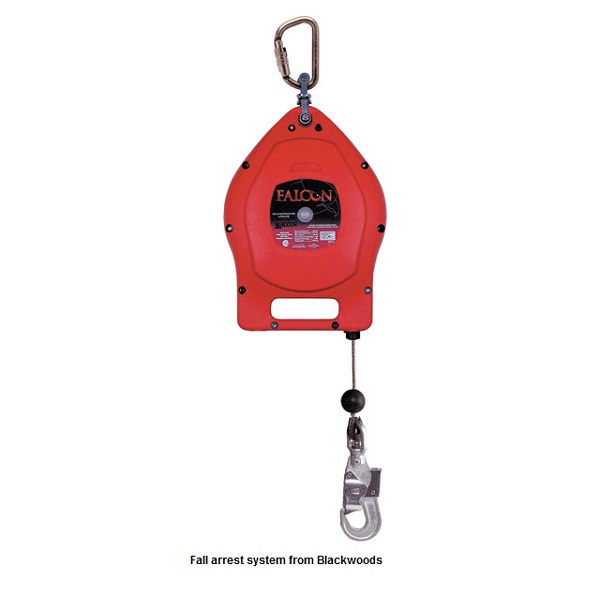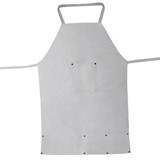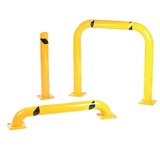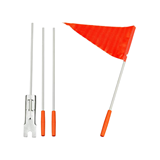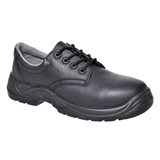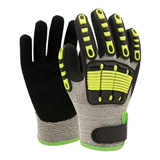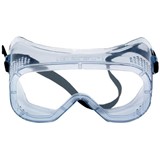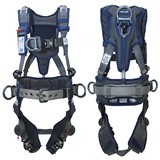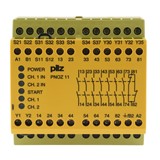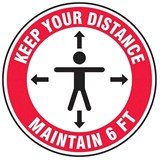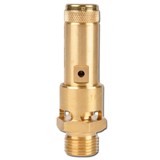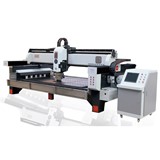Regulations vary from state to state, making compliance even more convoluted – particularly for companies operating in multiple states.
Each state has an established hierarchy of control, ranging from three to five steps. Employers generally must apply the controls in the listed order and can only move to a less-stringent requirement when a control is not "practicable".
Victoria's hierarchy of control appears to be more stringent on the surface, listing five levels of control. However, they are clear and concise and, in practice, no more onerous than the other states.
More important, they provide a safer work environment and employers that follow them should expect better outcomes. Adhering to the following Victorian requirements will also generally satisfy courts in every state, simplifying protocols for multi-state employers.
Level 1: Undertake the work on the ground or on a solid construction
This is a fairly clear direction. Whenever possible, take risk out of the equation. The Victorian code lists numerous options, from attaching long extension handles to paint rollers and window washing equipment to fabricating on the ground and then hoisting the finished product into place.
Level 2: Undertake the work using a passive fall protection device
This classification covers a variety of fixed or mobile safety structures. The options include scaffolding, guard rails, scissor lifts and cherry pickers.
Level 3: Undertake the work using a work positioning system
If it isn't practicable to utilise Level 1 or 2, the Victorian code moves to fall restraint systems. Workers are harnessed with a friction device to the roof or other static lines. The general principle is workers are tethered in such a way they can't reach and fall off an unprotected edge. The workforce should have proper training prior to implementing Level 3 devices.
Level 4: Undertake the work using a fall injury prevention system
While Level 3 is designed to prevent a fall, this step seeks to minimise injury. Level 4 includes safety nets, platforms, and individual fall arrest systems (IFAS).
The varying "catch" systems should only be installed by trained specialists. Employees also need proper training prior to using an IFAS. Injury is still likely with an IFAS and workers aren't likely to be able to get back on solid footing on their own. When relying on Level 4, employees should not be allowed to work alone and the safety officer should have a swift rescue protocol in place.
Level 5: Undertake the work from ladders or implement administrative controls
This could be seen as the "good luck" or "Level of Last Resort". Safety officers should seek out reasonable measures to protect their employees, but some jobs will carry an element of risk.
While employers may not be legally required to follow the Victorian standard, many feel a moral obligation to keep their employees as safe as possible. Implementing controls like guardrails, or modifying projects so they can be done on the ground, is just solid business savvy.
The workforce will be safer. Should an accident happen, the employer will have an established safety protocol that will mitigate potential legal action.


